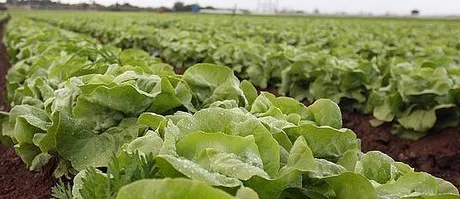
"With the switch from northern to southern Europe, there has been a transitional period with production gaps and lack of supply, although this has not had a great impact on prices," explains Javier Soto, president of the lettuce department at Proexport and manager of Agrar Systems, of Grupo Behr, in Murcia. "This week, we'll already reach 100% of our production capacity in Spain," he added.
According to the specialist, the campaign is expected to be marked by instability in the volumes until December and product shortages from January, mainly due to the lack of irrigation water.
"The shortage of water is an increasingly challenging problem for producers in Murcia and Alicante. This year, given the lack of certainty about whether enough water will be available for the new lettuce season in the areas closer to the coast, many growers have moved their productions to higher areas. They prefer the risk of being hit by frosts, which are typical of higher altitudes, over the risk of not being able to cultivate their crops due to lack of water," he says.
"This means we can expect weeks with stable production and other weeks with production drops until December, depending on when frosts take place. With the arrival of winter, a significant production gap is expected from January," warns Javier Soto.
